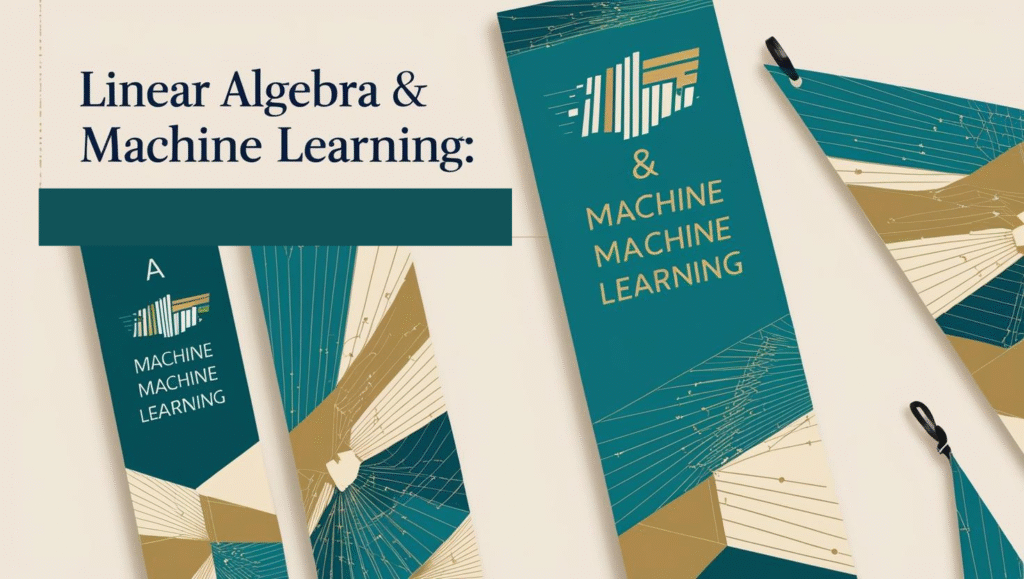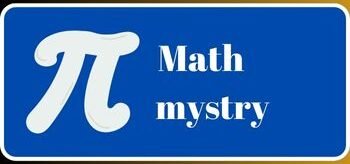Currently Empty: $0.00
When I started learning machine learning, I kept hearing the same advice: “You need to know linear algebra!” At the time, matrices and vectors felt like abstract mathematical constructs—something I had to endure rather than embrace. But as I dug deeper, I realized something profound: linear algebra is the secret language of machine learning.
It’s not just about crunching numbers—it’s about understanding how data moves, transforms, and reveals hidden patterns. Whether you’re training a neural network, compressing images, or recommending movies, linear algebra quietly does the heavy lifting behind the scenes.
Vectors: The Data Building Blocks
Assume you are describing an individual:
Height: 175 cm
Weight: 70 kg
Age: 30 years
You’ve just created a vector: [175, 70, 30].
In machine learning, everything starts as a vector. Images become pixel values, text turns into word embeddings, and user preferences are numerical features. Vectors let us represent complex real-world data in a form that algorithms can process.
Why This Matters:
Similarity: Want to recommend products? Compute the distance between user preference vectors.
Transformations: Scaling, rotating, or projecting data (like in PCA) rely on vector operations.
Matrices: The Interface of Structure and Data
A matrix is an entire spreadsheet, whereas a vector is a single row of data. A dataset of homes, for instance, could resemble this:
| Size (sq ft) | Bedrooms | Price ($) |
|---|---|---|
| 1500 | 3 | 300,000 |
| 2000 | 4 | 450,000 |
Each row in this 2×3 matrix represents a house, and each column represents a feature.
The Reasons Matrices Are Important for Machine Learning
Efficiency: Because of GPU acceleration, we work on entire matrices rather than looping through data.
Linear Regression: It is purely linear algebra to solve y = Xβ, where X is your feature matrix.
Neural Networks: To convert inputs into predictions, each layer multiplies a matrix (Wx + b).
The Enchantment of Dimensionality Reduction with Eigenvectors and PCA
Have you ever thought, “There’s a pattern here, but it’s buried in noise,” when you gazed at a disorganized scatter plot?
This is resolved by Principal Component Analysis (PCA), which locates the eigenvectors (points of maximum variance) in your data. It’s similar to cocking your head until the information “lines up” in the most illuminating manner.
Actual Use Case
Face Recognition: PCA extracts the most crucial “face directions” (eigenfaces) rather than storing every pixel.
Compression: Reducing dimensions without sacrificing the data’s essential content.
Matrix Decompositions: Undiscovered Treasures
Dividing matrices into more manageable, comprehensible components is a key component of some of the most effective machine learning techniques.
Netflix’s award-winning algorithm, Singular Value Decomposition (SVD), is utilized in recommender systems.
LU/QR Decomposition: Quickly solves equation systems, which is important for optimization.
These techniques aid in the comprehension, simplification, and optimization of intricate models.
Tensors: Introducing Deep Learning as Data Gets Bigger!
A tensor is the n-dimensional cousin of a matrix, which is a 2D grid. Regarding deep learning:
Pictures: A 3D tensor (color channels × width × height).
Videos: 4D (channels × width × height × frames).
CNNs use operations like convolution, which are essentially sophisticated tensor manipulations.
Concluding Remarks: Reasons to Adore Linear Algebra
Just rows, columns, and equations can make linear algebra seem dry at first. However, after witnessing it in action, you understand:
- It is the cornerstone of all machine learning algorithms.
- It transforms mathematical concepts into practical understanding.
- Gaining proficiency in it improves your ML practice.
Take a moment to appreciate the sophisticated linear algebra at work the next time you train a model. It is the language of intelligent systems and goes beyond simple mathematics.
Which use of linear algebra in machine learning is your favorite? Tell me in the comments below!




Zohaib Mughal
Nice brother good
dpsoft.dp@gmail.com
Thanks